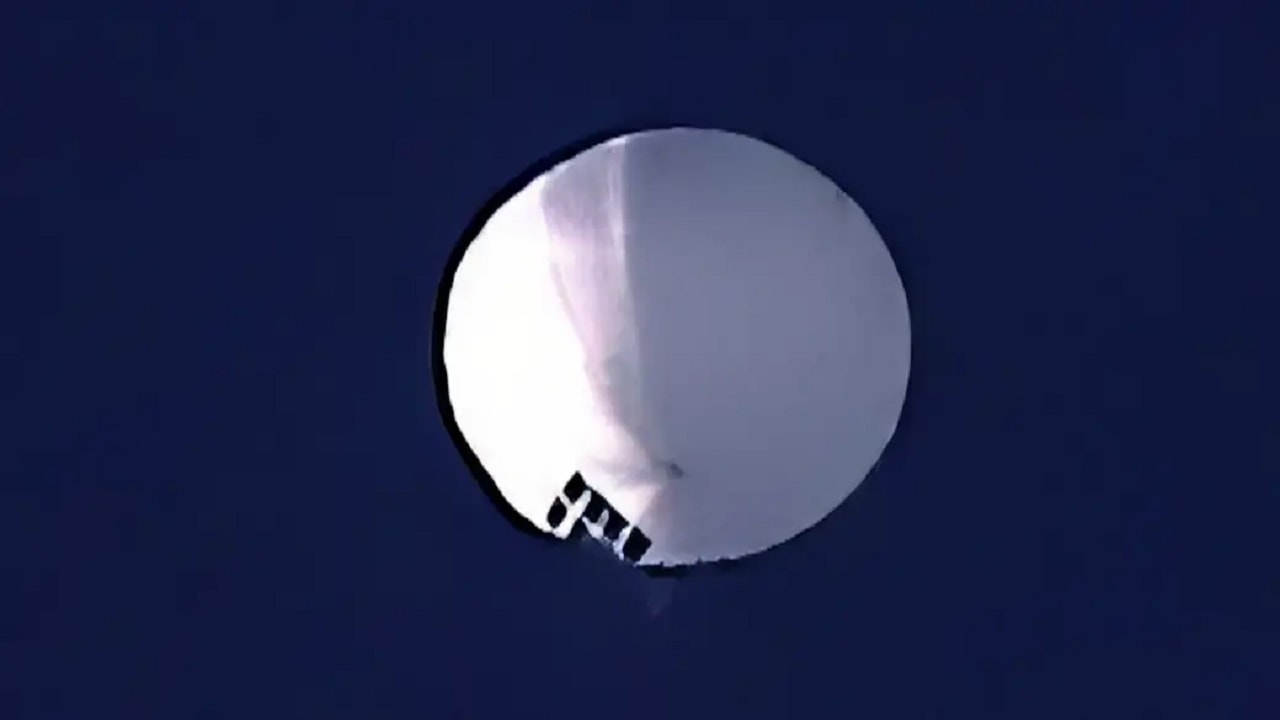Peter Suciu

On Friday morning, China’s Foreign Ministry announced that the large balloon that was reported to be slowly floating over Montana on Thursday was actually a civilian airship used mainly for meteorological research and that it had simply deviated from its planned course.
19FortyFive Senior Editor Peter Suciu on Fox News discussing China’s balloon over America.
“The airship is from China. It is a civilian airship used for research, mainly meteorological, purposes. Affected by the Westerlies and with limited self-steering capability, the airship deviated far from its planned course,” the Ministry of Foreign Affairs of the People’s Republic of Chinese said via a statement. “The Chinese side regrets the unintended entry of the airship into US airspace due to force majeure.”
The ministry also said that Chinese officials will continue communicating with the United States and properly address the issue.
Is China lying? Is this some spy balloon?
China and a Case of Spy Craft Gone Wrong?
On Thursday, it had been widely speculated that the slow-moving balloon, which is reportedly the size of three city buses, may have been deployed to conduct reconnaissance on the United States.
The Pentagon had been tracking its movements since at least Wednesday and noted that it was traveling at an altitude well above commercial air traffic.
U.S. officials also said that it did not present a military or physical threat to people on the ground.
“The United States Government has detected and is tracking a high altitude surveillance balloon that is over the continental United States right now,” Pentagon Press Secretary Brig. Gen. Pat Ryder said in a statement. “The U.S. government, to include NORAD, continues to track and monitor it closely. The balloon is currently traveling at an altitude well above commercial air traffic and does not present a military or physical threat to people on the ground. Instances of this kind of balloon activity have been observed previously over the past several years. Once the balloon was detected, the U.S. government acted immediately to protect against the collection of sensitive information.”
There was speculation that it could have been deployed to gather intelligence on a number of sensitive sites, while the U.S. military and other agencies were taking efforts to protect against any foreign intelligence collection of sensitive information.
Why Would China Use a Balloon To Gather Intel?
Even as China – much like the United States – has satellites that can monitor nearly any part of the world, a slow-moving balloon still offers a number of advantages.
Experts have noted that balloons can be smaller, cheaper, and far easier to launch. And unlike a satellite launch won’t generally receive a lot of attention.
Moreover, even large-size balloons can have a low signature and low-to-zero emission, so they still make a reliable platform for surveillance.
Also, unlike space-based systems, these can be far less predictable and thus harder to track – and unlike high-flying aircraft such as the SR-71 Blackbird, or a satellite, a balloon can loiter over an area for an extended time.
It also isn’t just what a balloon can “see” but also what it can “hear,” as the miniaturization of technology could allow a balloon to monitor cellular and radio traffic.
Balloons and the Military
Though China has claimed the balloon isn’t military, the use of such lighter-than-air craft in military applications dates back to the late 18th century. In 1794, the French Committee of Public Safety created the Corps d’ Aerostiers, and balloons were sporadically used for reconnaissance during the French Revolutionary Wars, seeing action during the battles of Charleroi and Fleurus.
During the American Civil War, the Union Army also employed a number of balloons in a similar role. The largest – the Intrepid and the Union – each had a capacity of 32,000 cubic feet of lifting gas, which was supplied by special hydrogen-generating inflation wagons.
The use of balloons continued through both World Wars, and it was just last year that there were reports that the United States military is now developing balloons to spy on China and Russia.
Of course, most infamously, it was during the Cold War that a high-altitude balloon, developed for nuclear test surveillance, crashed near Roswell, New Mexico and began the “UFO craze” that continues to this day.
No comments:
Post a Comment